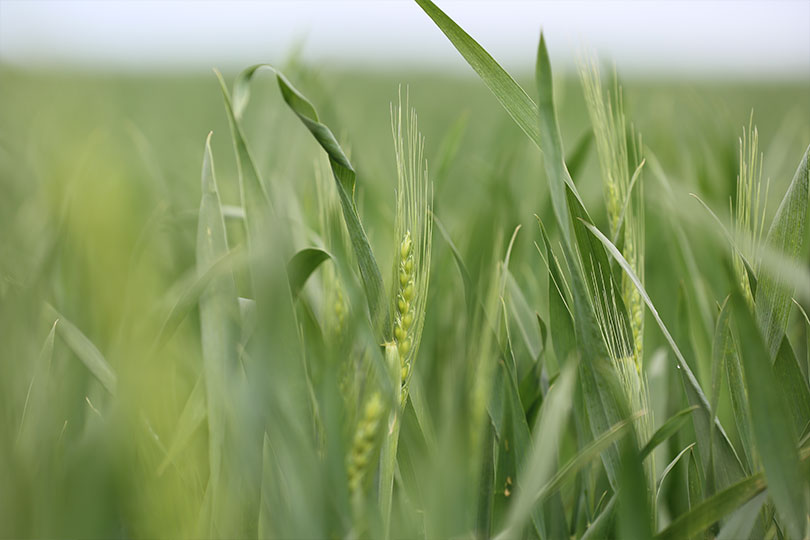By Shelby Shank
Field Editor
Texas farmers are feeling optimistic about this year’s wheat crop despite low prices.
Texas remains one of the largest winter wheat-producing states along with Kansas, Oklahoma and Colorado. Wheat conditions across the Southern Plains are showing significant improvement over the last year.
“We’re setting ourselves up for what could be a really good winter wheat crop,” Dr. Mark Welch, AgriLife Extension economist, said. “Prices have struggled for several years now, with the lowest wheat prices in three years, but the counterbalance to that is what the production possibilities might be. If we are looking at dollars per acre, how much does the improved production prospects make up for weakness in the price outlook.”
Russia plays a significant role in influencing global wheat prices.
“Russia is supplying record wheat exports at really cheap prices,” Welch said. “That’s the overall price-depressing feature of the world market.”
However, the stocks-to-use ratio has been tight worldwide. The ratio is starting to turn around in the U.S., but globally, the ratio remains tight.
Weather also continues to be a concern for the wheat crop.
“Even though wheat looks to be in better condition than in past years, if we do not receive more rainfall this spring, we will have a severe reduction in production,” Dr. Jourdan Bell, AgriLife Extension agronomist, said. “We’ve had 100-degree weather in April in years past, and if it does that without rain, our wheat crop could burn up.”
Freeze events could also impact the crop, especially in the High Plains, where temperatures below freezing could lead to significant yield losses. But the condition of the field will make the difference. Wheat in good condition can better withstand stress conditions.
Farmers are also considering alternative options to grain harvest, such as grazing wheat out for cattle or harvesting it for silage. Current high cattle prices make grazing wheat a more favorable option for many farmers.
“A lot of our wheat will go to forage, especially if it is irrigated, or it will be chopped for silage and not taken to harvest,” Bell said. “We have seen an increase in wheat harvested for silage because it is a good quality forage.”
Challenges persist, but there are multiple opportunities for farmers to make the most of the current growing season.


Leave A Comment